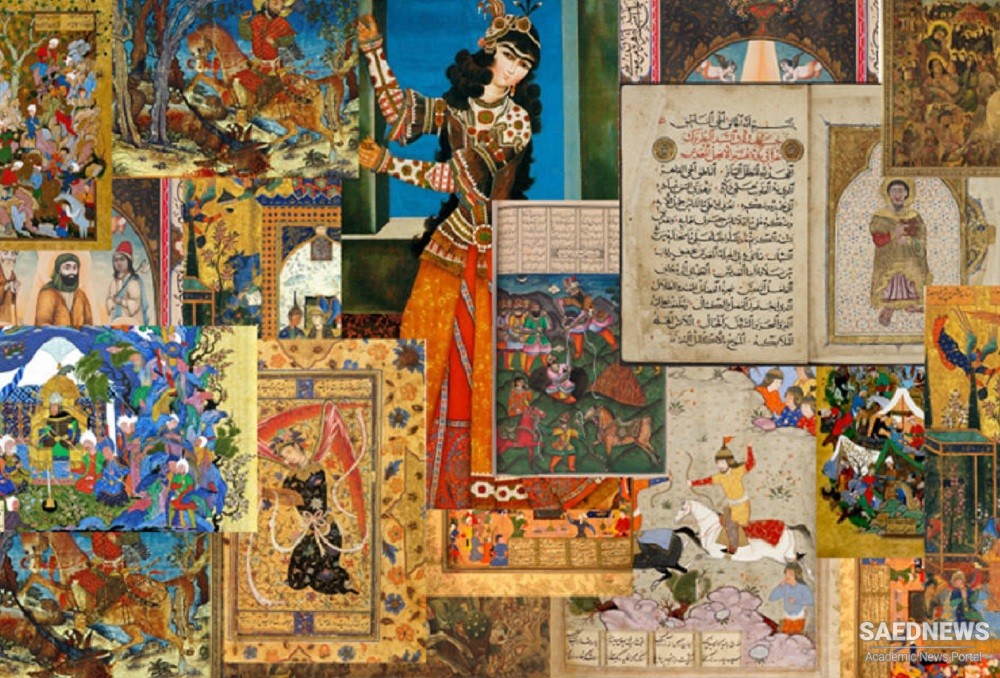Words deriving from Latin and Greek have undertones of high status and education, formality, refinement, and, in some situations, possibly of arrogance and a desire to flaunt or, worse, to pretend that one possesses any of these qualities. On the other hand, Anglo-Saxon words are short, informal, and neutral in everyday speech and writing, for example, walk vs. perambulate. Other words absorbed more recently from European languages into Persian reflect influences on and imports to the culture. The educational system was based on the French model, so many farangi (i.e., Frankish, European) cultural practices were introduced by Iranians who had studied in Francophone countries. As a result, many French words are used in these contexts: lisâns (Fr. licence, Bachelor’s degree), kelâs (Fr. classe), rufuzeh (Fr. refusé(e), not promoted to the next year), diplom (high school diploma), concour (Fr. concours, university entrance examination), teâtr (theatre), consert (concert), and radiolozhi (Fr. radiology), all of which have the stress on the last syllable as in French. With the advent of new technology, management training, the Internet, and the return of many Iranians from the West, many English words are now established in common use: telephone, computer, mobile, sandwich, hamburger, support, range, and pilot (as in “pilot study”). The Iranian Academy of Persian Language is trying to preserve the purity of Persian against the adoption of mainly English words by providing Persian alternatives that must be used in official documents and on the state media, for example, târ-nâmeh (website), râyâneh (computer), and ravâdid (visa). However, these alternatives also have undertones similar to the ones that Latinate words in English have, and are not in colloquial use.
In common with many of its cousin languages, Persian is an inflectional language, like Latin, Greek, Italian, and German. It retains inflectional suffixes for both singular and plural verbs, unlike English, which only marks the third person singular with –s. This means that every verbal form contains a different suffix that distinguishes the person and whether singular or plural. For example: mi-rav-am (I go) mi-rav-i (you [singular] go) mi-rav-ad (he/she/it goes) mi-rav-im (we go) mi-rav-id (you [plural] go) mi-rav-and (they go);
The noun and adjective system is very simple: unlike French or Italian, Persian has no grammatical gender, and nouns have only one form for the singular and one for the plural. Just like in English, adjectives are not pluralized. The plural of nouns is formed through plural suffixes, although Arabic nouns are sometimes pluralized according to Arabic rules, for example, broken plurals, as in ketâb (book)/kotob (books). A remarkable, in my view, aspect of Persian syntax is that the main verb of a sentence comes at the very end, just as in classical Latin. In formal writing, where sentences can be several lines long, this positioning of the verb has the effect of retaining the readers’ attention. In addition, if I may venture that far, this pattern subliminally inculcates the virtue of patience: only after working through the parts of the sentence does one reach the most important component, the verb, without which the sentence has no meaning.


 Persian Language
Persian Language














































